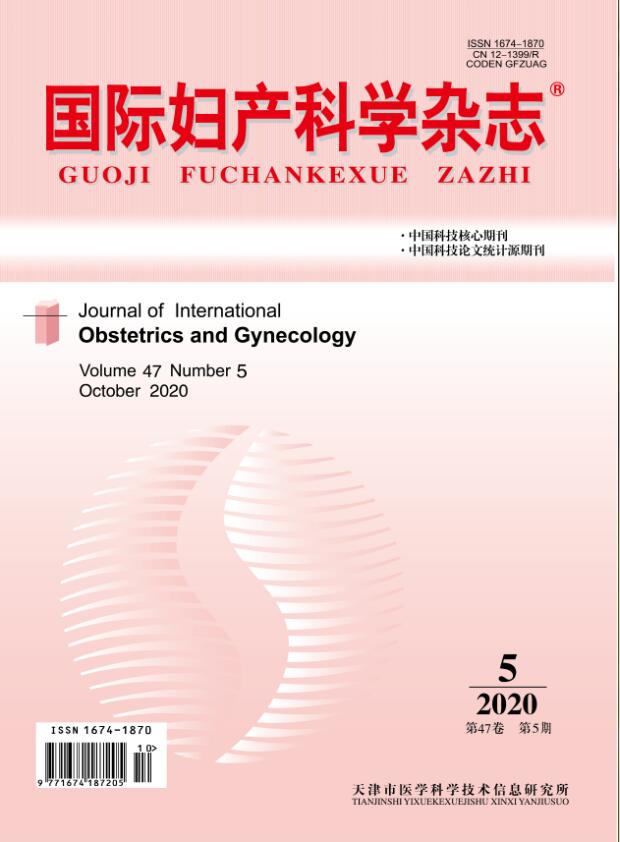|
|
Analysis on Karyotype of Amniotic Fluid Cells from 3 800 Fetus and Related Genetic Counseling
SUN Li-juan;LI Yan;ZHANG Xiu-ling;SHI Yun-fang;LI Xiao-zhou;ZHANG Ying
2011, 38 (1):
68-71.
Objective: In order to constitute a basis for genetic counseling, we studied the relationship between fetal chromosomal aberrations and prenatal diagnosis indications, and analyzed the security of amniocentesis. Methods: Fetal chromosomal karyotypes were examined in 3 800 pregnant women with amniotic cell culture in accordance with the indications for prenatal diagnosis. We studied the abnormal rate of fetal chromosomal karyotypes, searched the distribution of chromosomal abnormalities and the relationship between fetal chromosomal abnormalities and prenatal diagnosis indications. We also followed the outcome of amniocentesis to evaluate the security of amniocentesis. Results: The success rate of first amniotic cell culture was 99.26%(3 772/3 800). The success rate of second amniotic cell culture was 99.97%(3 795/3 796). One hundred and twenty cases chromosomal aberrations were detected in 3 795 cases and the abnormal rate was 3.16%. Of which, 61 cases were numeric abnormalities(1.61%, 61/3 795), 22 cases were structural abnormalities(0.58%, 22/3 795)and 37 cases were polymorphism(0.97%, 37/3 795). According to cases of the pregnant women participated in prenatal diagnosis, the top three were Down′s high-risk(3 541 cases), history of adverse-pregnant (95 cases) and advanced maternal age(≥35, 83 cases). According to the number of fetal chromosomal aberrations detected, the top three were Down′s high-risk(103 cases), abnormal chromosome carriers(8 cases)and advanced maternal age(4 cases). Different indications for prenatal diagnosis in the abnormal rate is different, and the top three were abnormal chromosome carriers(38.10%, 8/21, only one case had clinical significance), abnormal ultrasonographic findings (9.38%, 3/32)and advanced maternal age(4.82%, 4/83). In Down′s high-risk group, the abnormal rate in women with old maternal age and the young women had significant difference(χ2=4.342, P <0.05). Women with only old maternal age compared with women with old maternal age in Down′s high-risk group, the abnormal rate had no significant difference(χ2=0.157, P >0.05). Lost rate of fetal was 0.237% (9/3 800). Dead rate of fetal in uterus was 0.053%(2/3 800). Conclusions: First, prenatal diagnosis should be offered to pregnant woman with Down′s high-risk, old maternal age and abnormal ultrasonographic findings. Second, amniocentesis is a safe method. Third, it′s necessary to supply individualized genetic counseling to high risk pregnant woman according to related experimental data.
Related Articles |
Metrics
|

